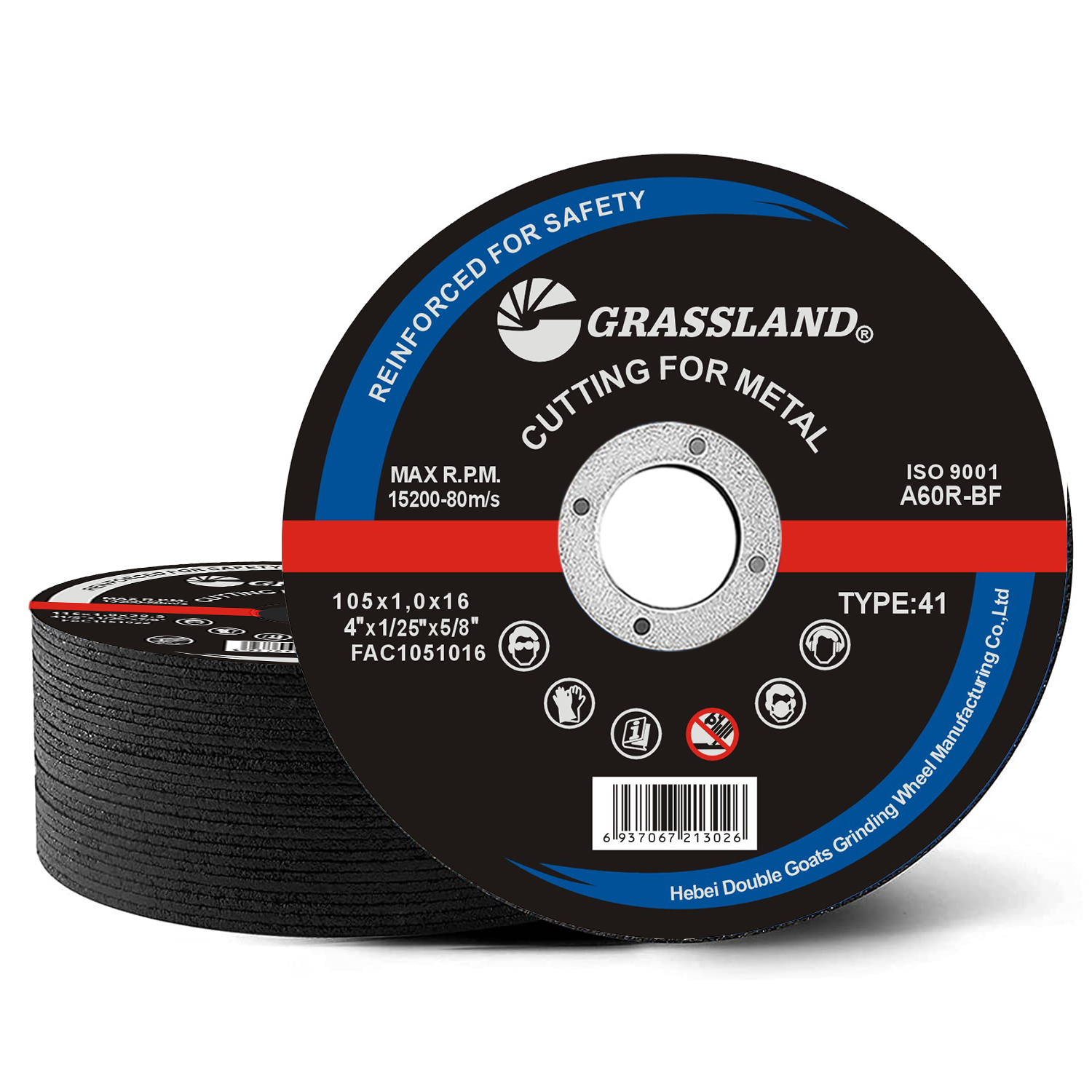Removing Paint from Wood with a Wire Wheel
Removing paint from wood surfaces can often seem like an overwhelming task, especially if you are dealing with multiple layers or tough, old paint. One effective method that has gained popularity among DIY enthusiasts and professionals alike is the use of a wire wheel. This article will guide you through the process of using a wire wheel to remove paint from wood surfaces safely and effectively.
Understanding the Wire Wheel
A wire wheel is a tool attachment that can be fitted to a drill or angle grinder. It consists of metal bristles that are designed to strip away paint, rust, and other debris from surfaces. Wire wheels come in various sizes and bristle types, making them suitable for different applications. It’s essential to choose a wire wheel that matches the scale of your project and the type of wood you’re working with.
Preparation for Paint Removal
Before you start removing paint, preparation is crucial. Make sure to work in a well-ventilated area to avoid inhaling paint dust or fumes. If you’re working indoors, consider using fans or respiratory masks for additional protection. Additionally, cover surrounding areas with drop cloths to catch debris and protect your floors and furniture.
Safety First
Using a wire wheel can create a significant amount of dust and flying debris. Therefore, personal protective equipment (PPE) is necessary. Wear safety goggles to protect your eyes from dust and small particles, as well as gloves to protect your hands from sharp wire bristles. A dust mask or respirator is also recommended to prevent inhalation of any harmful particles.
The Paint Removal Process
1. Select the Right Wire Wheel Choose a wire wheel that is appropriate for your surface. A coarse wire wheel is suitable for heavily painted surfaces, while a finer wheel is better for more delicate wood.
removing paint from wood with wire wheel

2. Test the Tool Before diving into your main project, practice on a small, inconspicuous area. This allows you to gauge the tool's effectiveness and the wood's response to the wire wheel.
3. Work in Sections Start from the top corner of the wood surface and work your way down in sections. Keeping a consistent motion helps to ensure even paint removal without damaging the wood beneath.
4. Use the Right Speed If using a drill or grinder, set it to a moderate speed. Too high a speed can damage the wood or create unwanted gouges, while too low might not effectively remove the paint.
5. Maintain the Tool Periodically clean the wire wheel to remove paint buildup. A clogged wire wheel can lose its effectiveness and may require more effort to strip paint.
6. Finish with Fine Sanding Once the majority of the paint is removed, finish the job with fine-grit sandpaper to smooth out the wood surface. This step is crucial if you plan to repaint or refinish the wood, as it prepares the surface for adhesion.
Cleaning Up
After the paint removal process, thoroughly clean the area. Dispose of paint chips and debris according to local regulations, especially if the paint might contain lead or other hazardous materials. Vacuum the area to ensure that no dust remains, and wash your tools to prolong their lifespan.
Conclusion
Using a wire wheel to remove paint from wood can be an efficient and effective method when done correctly. By following safety precautions, preparing adequately, and maintaining proper technique, you can restore your wooden surfaces back to their natural beauty. Whether you are working on furniture or refinishing trims, a wire wheel can be a valuable addition to your toolkit, making paint removal a much simpler task.
Post time:Dec - 04 - 2024

















